The World Meteorological Organisation's (WMO) State of the Climate report for 2023 revealed a harsh truth about Asia. Asian countries were already facing many problems, and now they are also dealing with the effects of climate change. The study highlighted an alarming trend by stating that Asia's rate of warming is faster than the global average. This event not only makes environmental worries stronger, but it also makes it clear that we need to take immediate action to stop and adapt to the region's climate disaster.
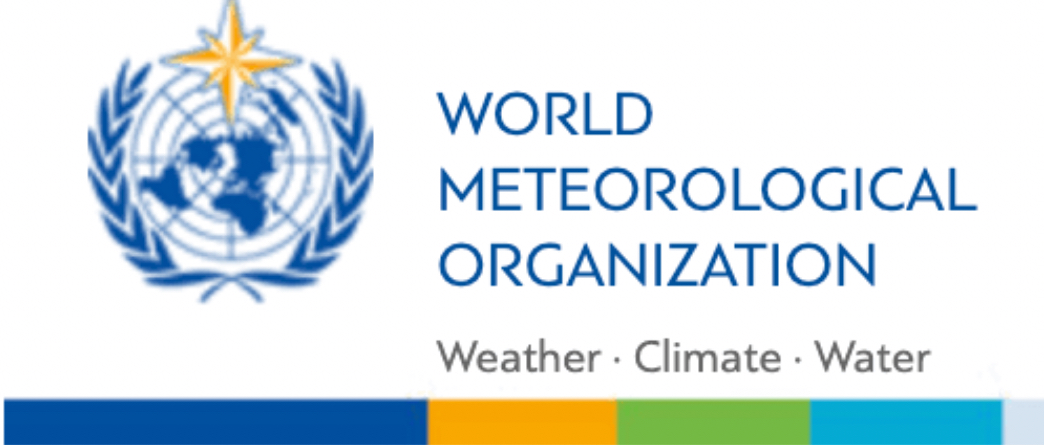
A Storm of Extremes: Heatwaves, Floods, and Glaciers Melting
Extreme weather events happen all the time, the study shows. In 2023, the warmest year ever recorded occurred in large parts of Asia. The hottest years ever happened in Japan and Kazakhstan. In the summer, China had 14 heatwaves, with temperatures above 40°C in many places. In India, over 110 people died of heatstroke because of the terrible heatwaves. Southeast Asia also felt the heat's effects in a significant way. From Bangladesh to southern China, a long, strong warmth went on for a while.
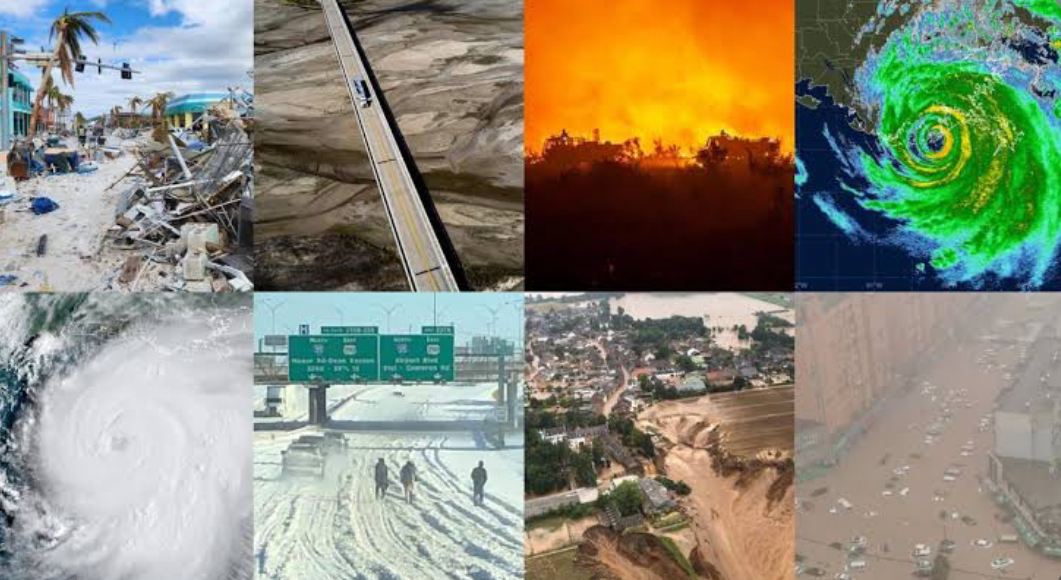
We found that storms and floods were the most dangerous. They killed more than 2,000 people and were responsible for more than 80% of all the disasters we knew about. These disasters severely damaged India, Yemen, and Pakistan, demonstrating the area's vulnerability to natural disasters. On top of that, the report shows how the amount of snow or rain changes over time. It rained less overall, but in some places it rained really hard. It rained the most in Hong Kong in one hour since 1884, and in October, it rained the most in Vietnam in one day ever.

The cryosphere, the frozen world of Earth, is also under attack. Although they are not in cold regions, the world's largest glaciers are melting quickly in Asia's high mountains. We monitored 20 out of the 22 glaciers, all of which were melting. This was because it was very hot and dry, setting new records. It melts very quickly in the Polar Urals and western Siberia. Permafrost is an important part of places that are high up and at high latitudes.
A Perfect Storm: A warming trend and effects that are getting worse
The study says that climate change is clearly to blame for these extremes getting worse. Asia is warming up almost twice as fast as it has been since the 1960s. This faster warming makes extreme weather more likely. Warmer seas provide more power for storms and floods. As temperatures rise, more water evaporates, making droughts more likely.
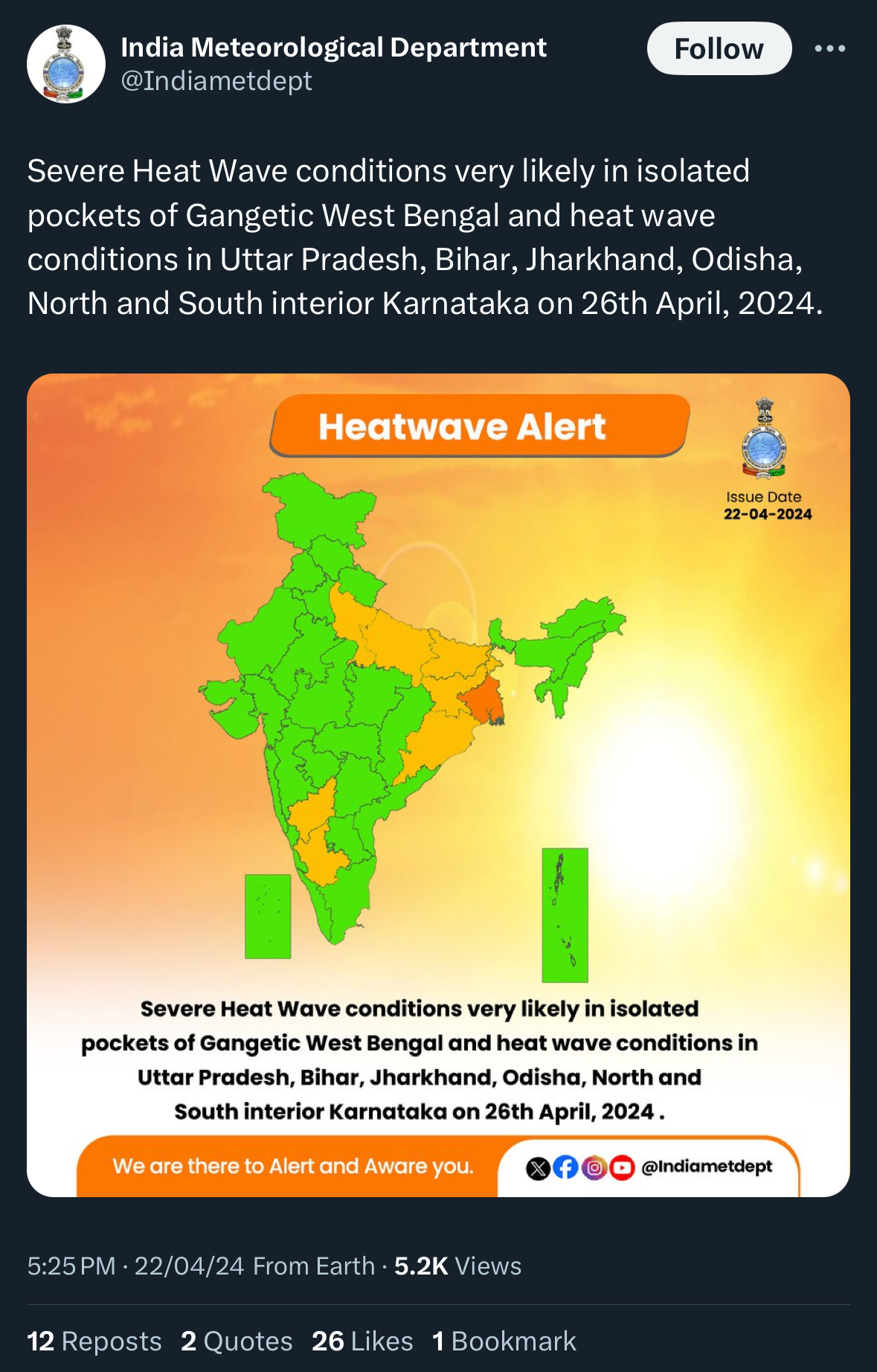
The melting cryosphere makes things even more complicated. Melting glaciers pose a threat to the water security of millions of people who depend on meltwater for farming and electricity. Coastal towns are in great danger because the sea level rises faster than the rest of the world.
Early warnings can save lives in a climate that is changing
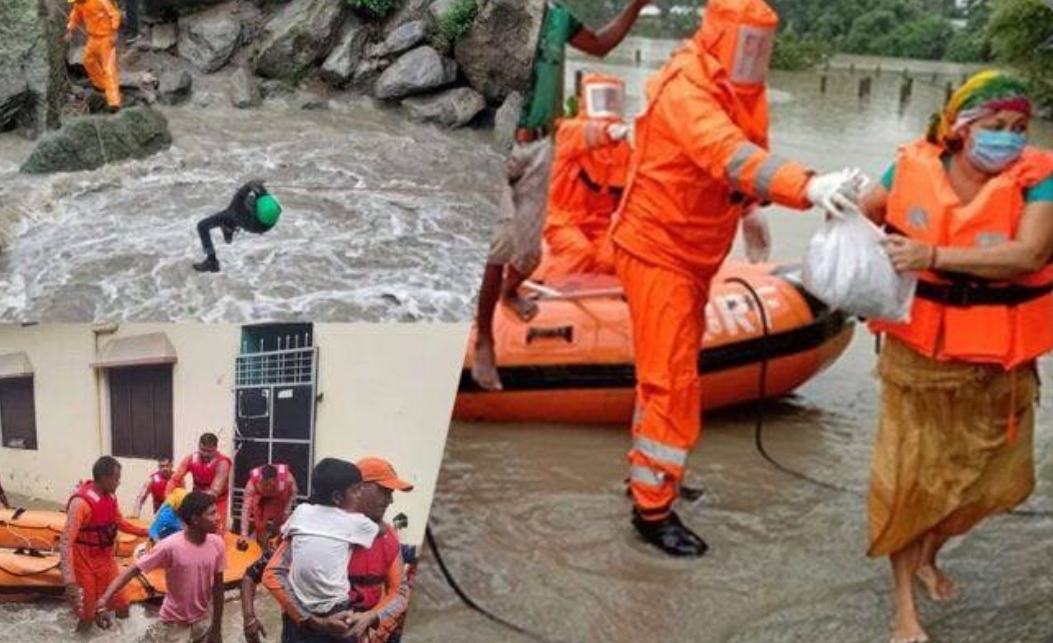
The study underscores the crucial role of early warning systems in mitigating the impact of disasters. The WMO and its partners push for strong early warning systems that give people the tools they need to get ready for unusual weather and deal with it when it happens. Storm Mocha, the strongest storm in the Bay of Bengal in ten years, was a success story that showed this method works. Even though the cyclone was very dangerous, early warnings saved thousands of lives in Bangladesh and Myanmar.
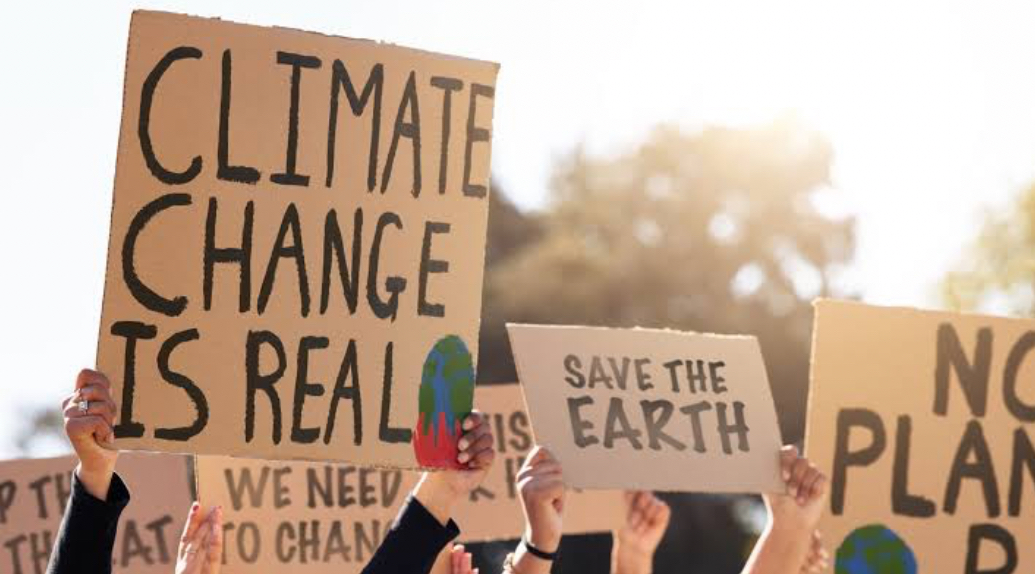
The study says that it knows there are gaps. While the majority of WMO members in Asia provide climate services aimed at reducing disaster risk, fewer than half also provide products specifically designed for individuals engaged in disaster risk reduction efforts. Closing this gap is very important for making sure that mitigation tactics and interventions work.
Finally, call to action for a sustainable future
The State of the Climate in Asia 2023 report serves as a stark reminder of how critical it is to act quickly on climate change. Asia is at a crossroads because the Earth is warming up, causing terrible things to happen. The study asks people in communities, regional groups, and governments to collaborate.

Important steps include putting money into strong early warning systems, making climate services stronger, and making communities more resilient. For long-term climate change mitigation, it is important to use sustainable development methods and switch to renewable energy sources.
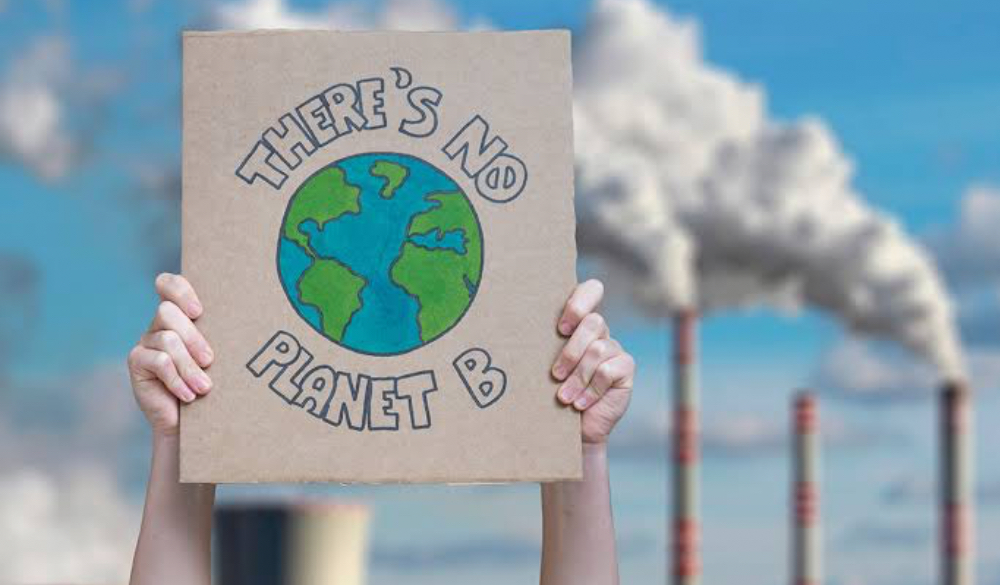
A lot is at stake for Asia's future. You can help make the continent's future more stable and sustainable by recognising how bad the situation is and taking strong action.
Image Source: Multiple Agencies
Inputs from Agencies
© Copyright 2024. All Rights Reserved Powered by Vygr Media.






















